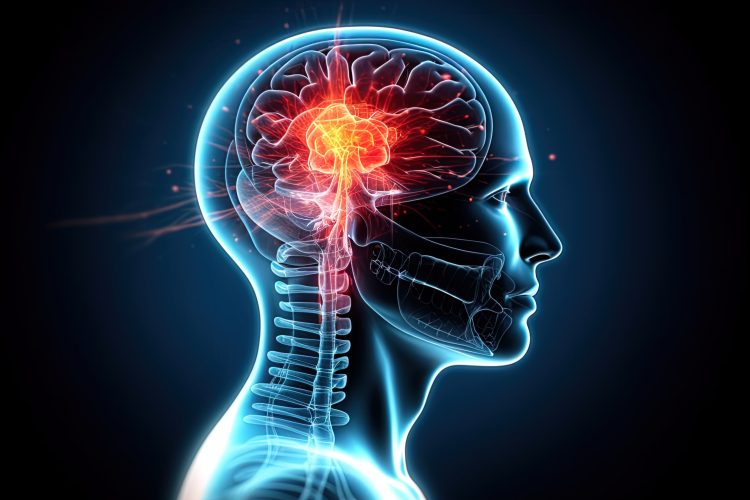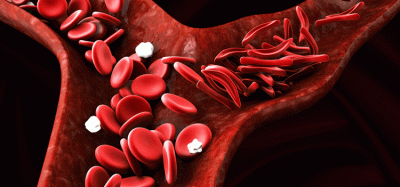Oxytocin could mitigate the progression of dementia
Posted: 14 February 2024 | Drug Target Review | No comments yet
For the first time, researchers reveal the involvement of OXT in object recognition memory through the supramammillary nucleus.


Scientists from the Tokyo University of Science (TUS) have explored the complex neural pathways and signalling mechanisms activated by oxytocin (OXT), the hormone known for its effects on psychological well-being and emotional bonding in animals. However, research has demonstrated that it also plays a key part in other cognitive processes, like learning and memory. The researchers’ insights into its implications for learning and memory could lead to therapeutics that mitigate the progression of dementia.
By studying the “OXT neurons” that contain OXT receptors and function differently based on the availability of the chemical in the brain, the researchers may have found exactly how OXT influences memory in animals.
Dr Akiyoshi Saitoh explained: “Previously we had suggested that oxytocin may be a new therapeutic candidate for dementia based on studies using a mouse model of Alzheimer’s disease. To investigate this further, in this study, we examined the role of endogenous OXT in mouse cognitive function. This was done by using pharmacogenetic techniques to specifically activate OXT neurons in specific brain regions. The cognitive function of mice was then evaluated using the Novel Object Recognition Task (NORT).”
Deficiency in other OXT or its receptors has been linked to aberrant social memory in mice, but this study concentrates on the role of endogenous OXTergic projections in learning and memory, especially within the supramammillary nucleus (SuM).
The researchers studied slices of the mouse brain after specifically activating OXT neurons in the paraventricular hypothalamic nucleus (PVN) to find the neurons responsible for OXT’s effect on memory. They saw positive signals in the PVN and its projections to the SuM. Further validation of OXTergic neuron activation was confirmed through increased c-Fos positive cells which indicated neuron activation in the PVN after administering clozapine N-oxide, which is used to activate the neurons.
The study then focused on the impact of OXTergic neuron activation on learning and memory using the Y-maze and NORT. No changes were seen in short-term spatial memory in the Y-maze test, but the activation of OXTergic neurons significantly boosted long-term object recognition memory in the NORT.
An increased number of c-Fos positive neurons in SuM and the dentate gyrus after NORT suggested the involvement of OXTergic neurons in maintaining long-term memory through these regions. The team employed selective activation of OXTergic axons in SuM, resulting in mice spending more time exploring novel objects. This suggests a direct modulation of object recognition memory by OXTergic axons projecting from PVN to SuM.
Therefore, this study reveals for the first time the involvement of OXT in object recognition memory through the SuM and indicates its potential implications for understanding the role of physiological OXT in Alzheimer’s disease. As well as this, it highlights the involvement of OXTergic projections in modulating recognition memory.
Dr Saitoh concluded: “There is a widely acknowledged belief that dementia tends to advance more rapidly in settings where individuals experience loneliness or limited social engagement. However, the scientific underpinnings of this phenomenon have remained largely elusive. Our research seeks to elucidate the crucial role of a stimulating environment that activates oxytocin in the brain, potentially mitigating the progression of dementia.”
The ongoing research could lead to innovative treatments and pharmaceutical interventions aimed at halting the advancement of dementia.
This study was published in PLOS One.
Related topics
Hormones, Neurons, Neurosciences, Targets, Therapeutics
Related conditions
Dementia
Related organisations
Tokyo University of Science (TUS)
Related people
Dr Akiyoshi Saitoh (TUS)








